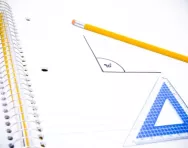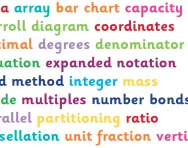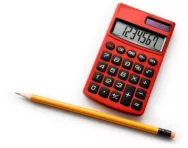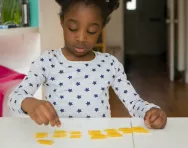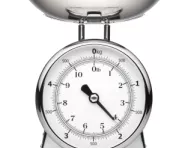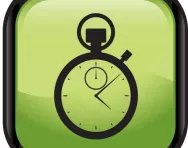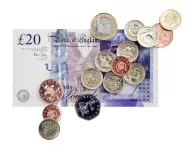Important update from TheSchoolRun
For the past 13 years, TheSchoolRun has been run by a small team of mums working from home, dedicated to providing quality educational resources to primary school parents. Unfortunately, rising supplier costs and falling revenue have made it impossible for us to continue operating, and we’ve had to make the difficult decision to close. The good news: We’ve arranged for another educational provider to take over many of our resources. These will be hosted on a new portal, where the content will be updated and expanded to support your child’s learning.
What this means for subscribers:
- Your subscription is still active, and for now, you can keep using the website as normal — just log in with your usual details to access all our articles and resources*.
- In a few months, all resources will move to the new portal. You’ll continue to have access there until your subscription ends. We’ll send you full details nearer the time.
- As a thank you for your support, we’ll also be sending you 16 primary school eBooks (worth £108.84) to download and keep.
A few changes to be aware of:
- The Learning Journey weekly email has ended, but your child’s plan will still be updated on your dashboard each Monday. Just log in to see the recommended worksheets.
- The 11+ weekly emails have now ended. We sent you all the remaining emails in the series at the end of March — please check your inbox (and spam folder) if you haven’t seen them. You can also follow the full programme here: 11+ Learning Journey.
If you have any questions, please contact us at [email protected]. Thank you for being part of our journey it’s been a privilege to support your family’s learning.
*If you need to reset your password, it will still work as usual. Please check your spam folder if the reset email doesn’t appear in your inbox.
What your child learns in KS2 maths curriculum

During KS2 children become much more confident with maths: they are adding, subtracting, multiplying and dividing, as well as doing mental calculations and solving problems using time, measure or money.
By the end of Year 6 the children should have a secure grasp of their times tables up to 12.
What your child will learn in KS2 maths:
- Prime numbers less than 100
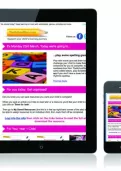

Boost Your Child's Learning Today!
- Start your child on a tailored learning programme
- Get weekly English & maths resources sent direct to your inbox
- Keep your child's learning on track
- Cube numbers (taught in Year 6 from September 2015)
- All the times tables up to 12x12
- Add, subtract, divide and multiply numbers of up to four digits
- Know equivalents between decimals, fractions and percentages
- Ratio and proportion
- Basic algebra (taught in Year 6 from September 2015)
- Problems involving decimals, fractions and percentages
- Use of brackets, including BODMAS
- Read and plot coordinates
- Measure and draw acute, obtuse, reflex and right angles
- Calculate the sum of angles around a point, on a straight line and (only in Year 6 from 2015) in a triangle and quadrilateral
- Rotation, reflection and translation of shapes (rotation will no longer be taught under the new curriculum from September 2015)
- Convert units of measurement
- Tell the time from a 12- or 24-hour clock and calculate time intervals
- Draw and interpret line graphs, bar charts, pie charts and pictograms
- Calculate the mean, median and mode average, plus the range (from September 2015, only the mean will be taught, in Year 6)
- Understand probability (until September 2015)
